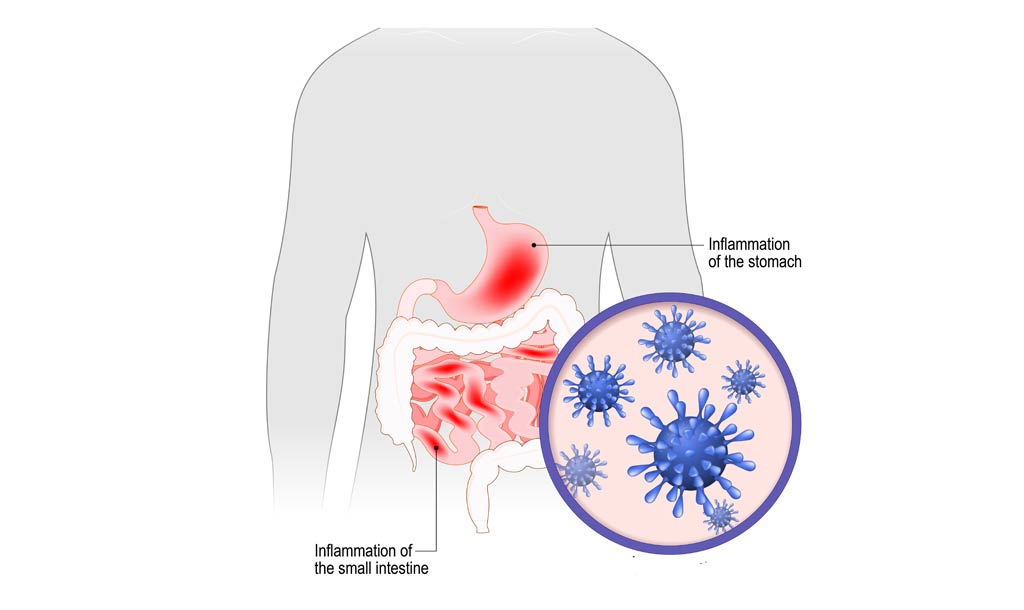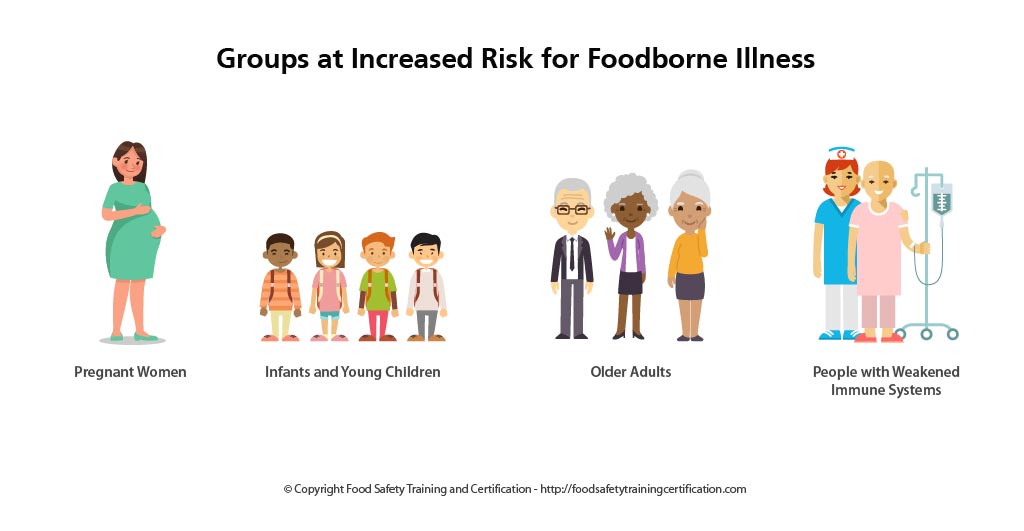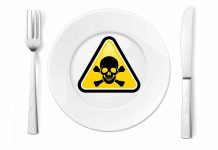An estimated 1 in 6 (48 million) Americans get sick from foodborne illness each year, resulting in roughly 128,000 hospitalizations and 3,000 deaths, according to the Centers for Disease Control and Prevention (CDC).
Foodborne illness (also called foodborne disease and informally referred to as food poisoning) refers to human sickness or disease caused by consuming food or beverages contaminated with harmful biological, chemical, or physical hazards.
Foodborne illnesses are a preventable public health problem that are a burden on public health and contribute significantly to the cost of health care.

It is very important to understand what, why, and how foods can make you sick, but more importantly, the food safe principles and procedures to prevent foodborne illnesses.
- Learn about cross contamination, cold and hot food safety, best practices for personal hygiene, and foodborne illnesses.
- Food Manager ANSI Certification: SALE $99.00 - Valid in all States
- Food Handler ANSI Training for only $7.00!
- 10% OFF SALE: Enter Promo "TRAIN10OFF" at Checkout
Symptoms of Foodborne Illness
The most common result of biological foodborne infections is gastroenteritis. Gastroenteritis, also called the “stomach flu”, is the inflammation of the gastrointestinal tract – the stomach and small intestine.
Symptoms of gastroenteritis include abdominal pain, vomiting, diarrhea, headache, fever, and chills. The onset of symptoms can last from a few hours to several days. Most people recover with no treatment.
However, symptoms may differ among the different types of foodborne diseases. Symptoms can sometimes be severe and some foodborne illnesses can even be life-threatening.

At Risk Groups
Although anyone can get a foodborne illness, some people are more likely to develop one. Those groups include:
- Young children
- Older adults
- Pregnant women
- People with immune systems weakened from medical conditions, such as diabetes, liver disease, kidney disease, organ transplants, HIV/AIDS, or from receiving chemotherapy or radiation treatment.
Most people with a foodborne illness get better without medical treatment, but people with severe symptoms should see their doctor.

Food Safety Steps: Clean, Separate, Cook, and Chill
Following good food safety habits can help protect you and your family from food illness. To keep your family safe from food illness, follow these four simple steps: clean, separate, cook, and chill:

Clean
Wash hands and surfaces often.
- Wash your hands with warm water and soap for at least 20 seconds before and after handling food and after using the bathroom, changing diapers, and handling pets.
- Wash your cutting boards, dishes, utensils, and counter tops with hot soapy water after preparing each food item.
- Consider using paper towels to clean up kitchen surfaces. If you use cloth towels, launder them often in the hot cycle.
- Rinse fresh fruits and vegetables under running tap water, including those with skins and rinds that are not eaten. Scrub firm produce with a clean produce brush.
- With canned goods, remember to clean lids before opening.
Separate
Separate raw meats from other foods.
- Separate raw meat, poultry, seafood, and eggs from other foods in your grocery shopping cart, grocery bags, and refrigerator.
- Use one cutting board for fresh produce and a separate one for raw meat, poultry, and seafood.
- Never place cooked food on a plate that previously held raw meat, poultry, seafood, or eggs unless the plate has been washed in hot, soapy water.
- Don’t reuse marinades used on raw foods unless you bring them to a boil first.
Cook
Cook to the right temperature.
- Color and texture are unreliable indicators of safety. Using a food thermometer is the only way to ensure the safety of meat, poultry, seafood, and egg products for all cooking methods. These foods must be cooked to a safe minimum internal temperature to destroy any harmful bacteria.
- Cook eggs until the yolk and white are firm. Only use recipes in which eggs are cooked or heated thoroughly.
- When cooking in a microwave oven, cover food, stir, and rotate for even cooking. If there is no turntable, rotate the dish by hand once or twice during cooking. Always allow standing time, which completes the cooking, before checking the internal temperature with a food thermometer.
- Bring sauces, soups and gravy to a boil when reheating.
Chill
Refrigerate foods promptly.
- Use an appliance thermometer to be sure the temperature is consistently 40° F or below and the freezer temperature is 0° F or below.
- Refrigerate or freeze meat, poultry, eggs, seafood, and other perishables within 2 hours of cooking or purchasing. Refrigerate within 1 hour if the temperature outside is above 90° F.
- Never thaw food at room temperature, such as on the counter top. There are three safe ways to defrost food: in the refrigerator, in cold water, and in the microwave. Food thawed in cold water or in the microwave should be cooked immediately.
- Always marinate food in the refrigerator.
- Divide large amounts of leftovers into shallow containers for quicker cooling in the refrigerator.
Chart: Food Safe Minimum Internal Cooking Temperatures
| Food Type | Internal temperature |
|---|---|
| Beef, Pork, Veal, and Lamb (chops, roasts, steaks) | 145oF with a 3 minute rest time |
| Ground Meat | 160oF |
| Ham, uncooked (fresh or smoked) | 145oF with a 3 minute rest time |
| Ham, fully cooked (to reheat) | 140oF |
| Poultry (ground, parts, whole, and stuffing) | 165oF |
| Eggs | Cook until yolk & white are firm |
| Egg Dishes | 160oF |
| Fin Fish | 145oF or flesh is opaque & separates easily with fork |
| Shrimp, Lobster, and Crabs | Flesh pearly & opaque |
| Clams, Oysters, and Mussels | Shells open during cooking |
| Scallops | Flesh is milky white or opaque and firm |
| Leftovers and Casseroles | 165oF |
Summary
It is very important to understand what, why, and how foods can make you sick, but more importantly, the food safe principles and procedures to prevent foodborne illnesses.


























